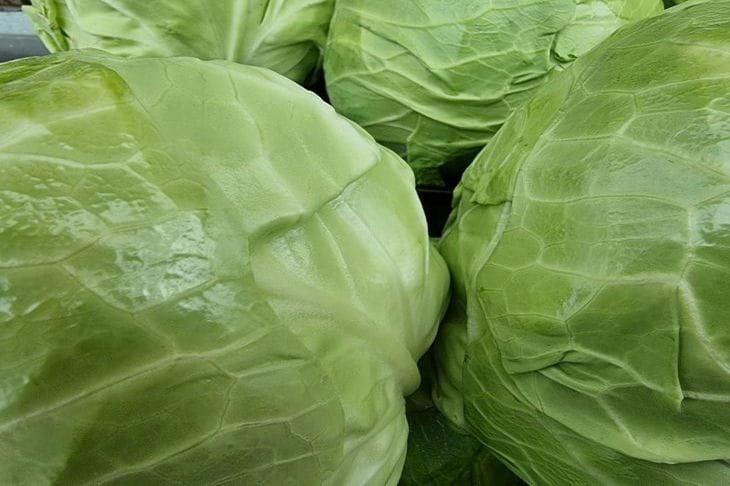Cabbage, like any plant, can experience stress.
One of the manifestations of stress is drooping leaves.
Understanding the causes of this phenomenon is important to prevent problems and ensure healthy cabbage growth.

Lack of moisture
One of the most common reasons why cabbage leaves drop is lack of moisture.
When a plant does not receive enough water, its cells lose turgor pressure and the leaves droop.
This is especially noticeable on hot summer days. Regular watering, especially in the morning, helps maintain the necessary level of moisture in the soil and prevents wilting.
Excess moisture
Excess moisture can also cause the leaves to droop. Cabbage, being in conditions of excess moisture, can suffer from a lack of oxygen in the root system. This leads to rotting of the roots and disruption of water exchange processes in the plant.
To prevent this problem, ensure good soil drainage and avoid overwatering.
Nutrient deficiencies
Nutrient deficiencies, especially nitrogen, phosphorus and potassium, can also cause cabbage leaves to droop.
Nitrogen is responsible for the growth and development of the green mass of the plant, phosphorus is responsible for the development of the root system, and potassium is responsible for regulating the water balance.
Deficiency of any of these elements leads to deterioration of the general condition of the plant.
Regular application of complex fertilizers helps maintain the required level of nutrients in the soil.
Diseases and pests
Diseases and pests are another common reason for cabbage leaves to droop.
Cabbage aphids, flea beetles, slugs and other pests can damage leaves and roots, causing wilting.
Diseases such as downy mildew and fusarium wilt can also cause similar symptoms.
Regular inspection of plants, the use of insecticides and fungicides help combat pests and diseases.
Incorrect growing conditions
Improper growing conditions such as inadequate lighting, temperature fluctuations and unsuitable soil can cause cabbage to become stressed and its leaves to droop.
Cabbage prefers well-lit places and moderate temperatures.
Too high or too low a temperature can negatively affect the condition of the plant.
Suitable soil should be loose, rich in organic matter and well drained.
Mechanical damage
Mechanical damage to the roots or stems of cabbage during transplantation or weeding can also cause the leaves to droop.
Damaged roots cannot fully absorb water and nutrients, which leads to wilting.
Handling the plant carefully and using tools that minimize damage can help avoid this problem.
Influence of weather conditions
Weather conditions play an important role in the growth and development of cabbage. Strong winds, prolonged dry or rainy periods can negatively affect the condition of the plant.
Wind dries out leaves, and excess moisture encourages disease. Protecting plants from extreme weather conditions helps keep them healthy.
Earlier we talked about how to properly prune a pear tree .








